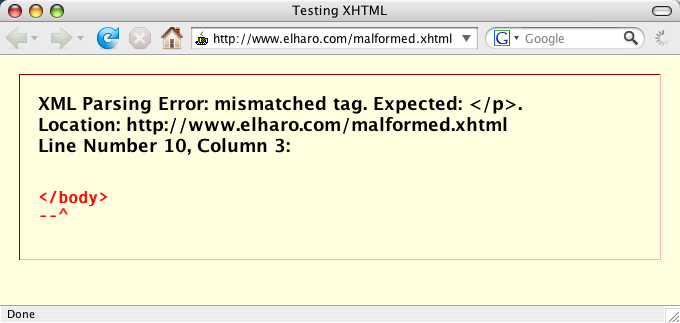Chapter 2: Tools
Thursday, June 12th, 2008Today we start Chapter 2 of the ongoing serialization of Refactoring HTML, also available from Amazon and Safari.
Automatic tools are a critical component of refactoring. Although you can perform most refactoring manually with a text editor, and although I will sometimes demonstrate refactoring that way for purposes of illustration, in practice we almost always use software to help us. To my knowledge no major refactoring browsers are available for HTML at the time of this writing. However, a lot of tools can assist in many of the processes. In this section, I’ll explain some of them.
Backups, Staging Servers, and Source Code Control
Throughout this book, I’m going to show you some very powerful tools and techniques. As the great educator Stan Lee taught us, “With great power comes great responsibility.” Your responsibility is to not irretrievably break anything while using these techniques. Some of the tools I’ll show can misbehave. Some of them have corner cases where they get confused. A huge amount of bad HTML is out there, not all of which the tools discussed here have accounted for. Consequently, refactoring HTML requires at least a five-step process.
- Identify the problem.
- Fix the problem.
- Verify that the problem has been fixed.
- Check that no new problems have been introduced.
- Deploy the solution.
Because things can go wrong, you should not use any of these techniques on a live site. Instead, make a local copy of the site before making any changes. After making changes to your local copy, carefully verify all pages once again before you deploy.
(more…)

